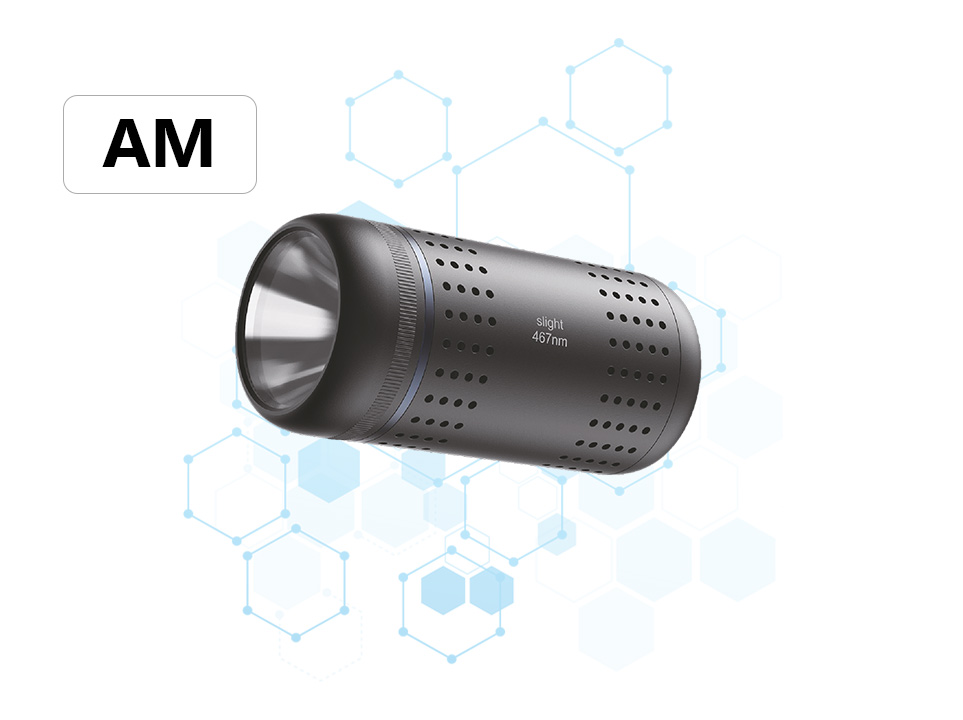Material Selection for Microchannel Reactors
Abstract
Microchannel reactors have emerged as a pivotal technology in chemical engineering, offering enhanced heat and mass transfer, precise control over reaction conditions, and scalability. The selection of materials for these reactors is critical to their performance, durability, and applicability across various industries. This paper reviews the key factors influencing material selection for microchannel reactors, including thermal conductivity, chemical resistance, mechanical strength, and manufacturability. We also discuss the advantages and limitations of commonly used materials such as metals, ceramics, polymers, and composites.
1. Introduction
Microchannel reactors are characterized by their small channel dimensions, typically ranging from tens to hundreds of micrometers. These reactors are widely used in applications such as chemical synthesis, fuel processing, and biological systems due to their high surface-to-volume ratio and efficient transport properties. However, the performance of microchannel reactors is highly dependent on the materials used in their construction. Material selection must balance multiple requirements, including thermal and chemical stability, mechanical integrity, and cost-effectiveness.
2. Key Considerations for Material Selection
2.1 Thermal Conductivity
Efficient heat transfer is a hallmark of microchannel reactors. Materials with high thermal conductivity, such as metals (e.g., copper, aluminum, and stainless steel), are often preferred for applications requiring rapid heat exchange. However, the choice of material must also consider the operating temperature range and potential thermal expansion.
2.2 Chemical Resistance
Microchannel reactors are frequently exposed to aggressive chemical environments. Materials must exhibit excellent corrosion resistance to acids, bases, and organic solvents. For instance, stainless steel and nickel alloys are suitable for many chemical processes, while ceramics like alumina and silicon carbide offer superior resistance to highly corrosive substances.
2.3 Mechanical Strength
The structural integrity of microchannel reactors is essential, particularly under high-pressure conditions. Metals and ceramics generally provide high mechanical strength, whereas polymers may be limited by their lower tensile strength and susceptibility to creep.
2.4 Manufacturability
The fabrication of microchannels often involves precision machining, etching, or additive manufacturing. Materials must be compatible with these processes. Metals are easily machinable, while ceramics and polymers may require specialized techniques such as laser ablation or micro-molding.
2.5 Cost and Scalability
Economic considerations play a significant role in material selection. While advanced materials like titanium or specialized ceramics offer exceptional properties, their high cost may limit their use. Scalability is another critical factor, as materials must be available in sufficient quantities for large-scale production.
3. Commonly Used Materials
3.1 Metals
Stainless Steel: Widely used due to its good thermal conductivity, mechanical strength, and corrosion resistance. Suitable for a wide range of chemical processes.
Copper and Aluminum: Excellent thermal conductors but limited by their susceptibility to corrosion in certain environments.
Nickel Alloys: Highly resistant to corrosion and oxidation, making them ideal for high-temperature applications.
3.2 Ceramics
Alumina (Al2O3): Offers excellent chemical resistance and thermal stability but is brittle and challenging to machine.
Silicon Carbide (SiC): Known for its exceptional thermal conductivity and chemical inertness, often used in harsh environments.
3.3 Polymers
Polytetrafluoroethylene (PTFE): Highly chemically resistant and suitable for low-temperature applications but limited by poor thermal conductivity.
Polyether Ether Ketone (PEEK): Combines chemical resistance with higher mechanical strength, making it suitable for moderate conditions.
3.4 Composites
Composite materials, such as carbon fiber-reinforced polymers, offer a balance of properties by combining the strengths of different materials. They are increasingly being explored for specialized applications.
5. Conclusion
Material selection is a critical aspect of designing microchannel reactors, influencing their performance, durability, and applicability. While traditional materials like metals and ceramics remain widely used, emerging technologies and materials offer exciting opportunities for innovation.





